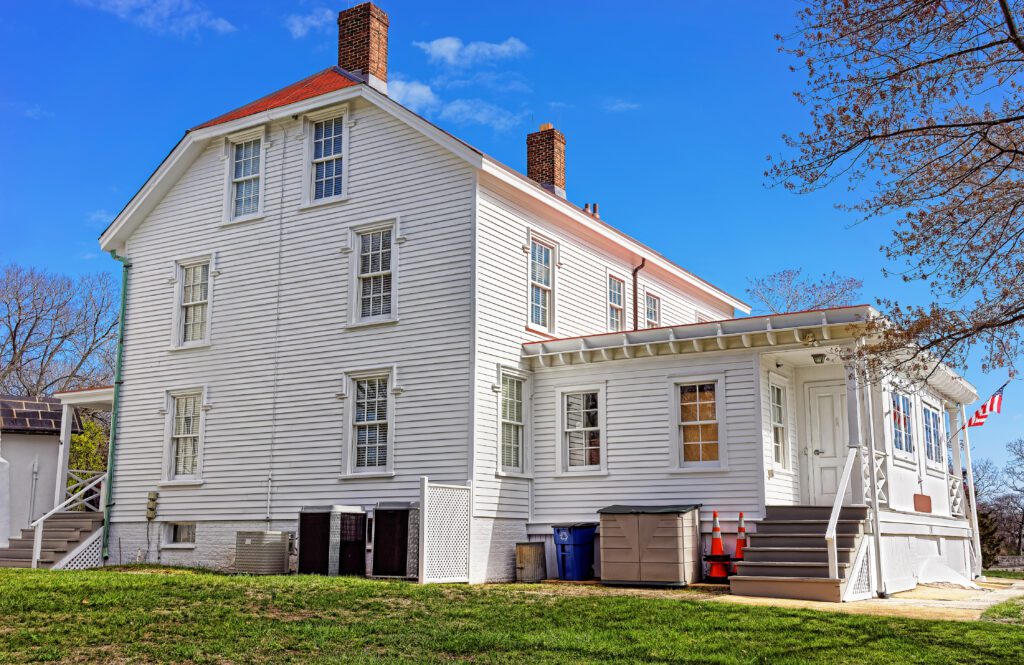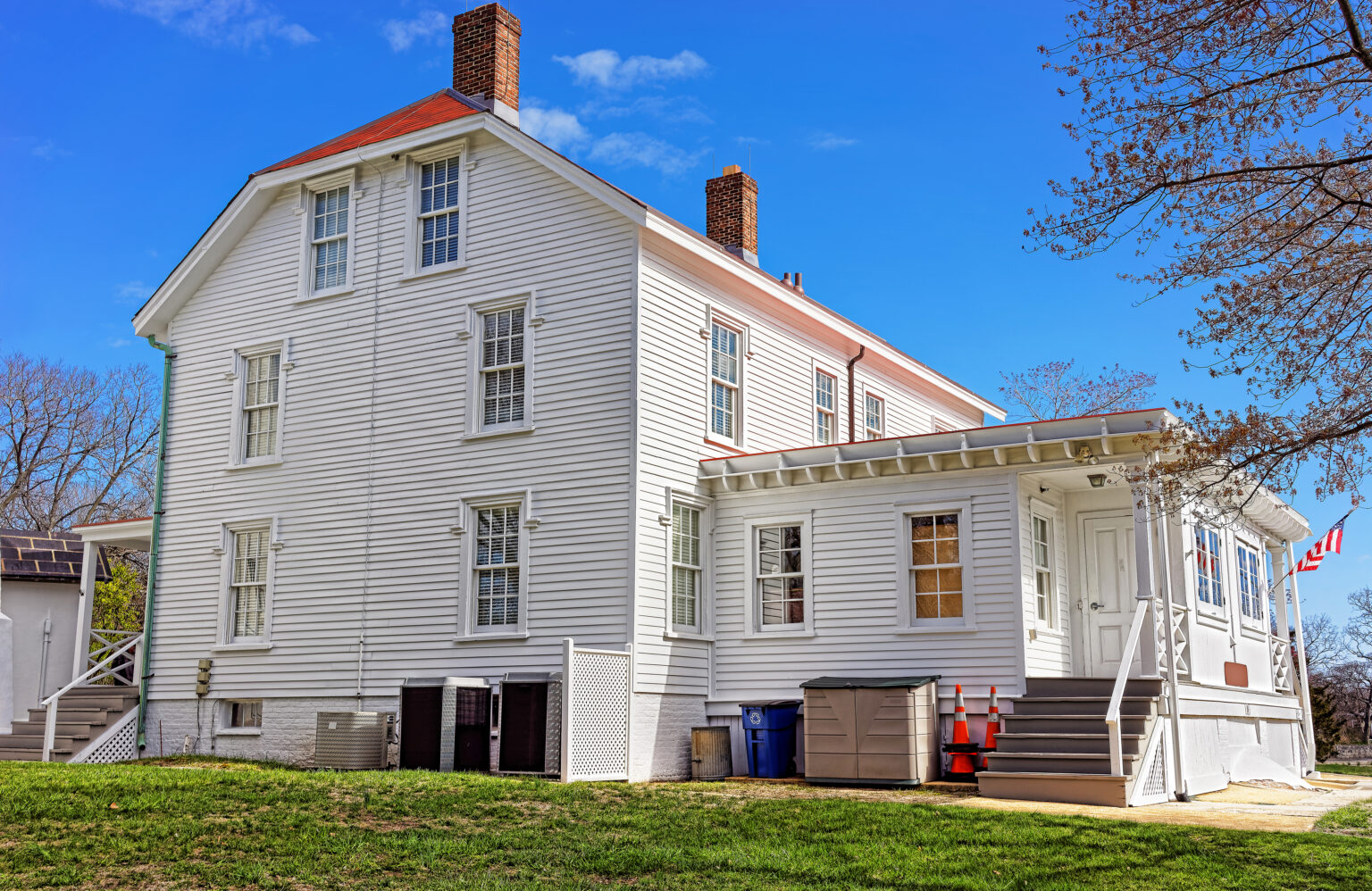
Achieving Net-Zero Energy in Older Houses: A Step-by-Step Retrofit Guide
As the world faces the pressing challenges of climate change and energy sustainability, the concept of net-zero energy has gained increasing importance. Net-zero energy, also known as zero-energy buildings or ZEBs, refers to a building’s ability to generate as much energy as it consumes over a defined period, typically a year. These buildings employ energy-efficient technologies and renewable energy sources to offset their energy consumption, resulting in a balanced or even surplus energy production. Retrofitting older houses to achieve net-zero energy is a pivotal step in the fight against climate change, reducing greenhouse gas emissions and ensuring a sustainable future for generations to come.

What is Net-Zero Energy?
Net-zero energy is a progressive approach to building design and retrofitting, aimed at minimizing energy consumption while maximizing on-site renewable energy generation. Unlike conventional buildings that rely heavily on fossil fuels for heating, cooling, and electricity, net-zero energy buildings harness renewable energy sources to meet their energy needs. This approach involves a combination of energy-efficient measures and the integration of renewable energy systems, resulting in a sustainable and cost-effective solution.
Why Retrofit Older Houses?
Retrofitting older houses is an essential undertaking to address the challenges posed by existing housing stock, which often lacks modern energy-efficient features. Older houses tend to be less insulated, have outdated heating and cooling systems, and use traditional energy-intensive appliances and lighting. By retrofitting these houses to achieve net-zero energy, we can significantly reduce their carbon footprint and contribute to a cleaner, greener planet. A nicely written overview of the net zero retrofit process was published in the Washington Post Sunday Magazine. According to the Building Sectors Report: A Technical Report of the Massachusetts 2050 Decarbonization Roadmap Study over 80% of the building stock that will exist in 2050 is already in place, and three-quarters of it is housing. Which is to say, there is a lot of retrofitting necessary.
Steps to Retrofit Older Houses to Net-Zero Energy
- Conduct an Energy Audit:
The first step in retrofitting an older house is to perform a comprehensive energy audit. This assessment identifies areas of high energy consumption and pinpoints potential areas for improvement. Professional energy auditors use specialized tools and techniques to evaluate the building’s energy efficiency, providing valuable data for the retrofitting process. - Improve the Building Envelope:
Enhancing the building envelope is crucial for reducing energy loss and maintaining a comfortable indoor environment. Adding insulation to walls, roofs, and floors significantly improves thermal performance, preventing heat loss during winters and heat gain during summers. - Improve Air Sealing:
Air leaks and drafts can account for a significant portion of energy waste in older houses. By reducing air infiltration through gaps, cracks, and poorly sealed openings, homeowners can enhance energy efficiency and indoor comfort. - Install Heat Pumps:
Heat pumps are a key component of achieving net-zero energy in older houses. These devices use electricity to move heat from one place to another, offering efficient heating in winter and cooling in summer. By replacing traditional heating and cooling systems with heat pumps, homeowners can significantly reduce energy consumption. - Replace Old Windows:
Old, inefficient windows are a major source of heat loss and gain. Upgrading to high-performance windows with advanced glazing technologies helps to maintain indoor temperatures and reduce the need for heating and cooling. - Install Energy-Efficient Lighting and Appliances:
Replacing traditional incandescent bulbs with energy-efficient LED lighting can lead to substantial energy savings. Similarly, upgrading to energy-efficient appliances, such as refrigerators, washing machines, and dishwashers, further reduces electricity consumption. - Add Renewable Energy Systems:
To achieve true net-zero energy status, older houses must incorporate renewable energy systems. Solar panels or wind turbines can be installed to generate clean electricity on-site, offsetting the remaining energy consumption. - Emphasize 100% Electric Energy Usage:
Eliminating all uses of carbon-based fuels for heating, cooking, and water heating is essential in a net-zero energy retrofit. Transitioning to electric alternatives ensures a complete departure from fossil fuels, further reducing greenhouse gas emissions.
Heat Pumps are Crucial
Among the various steps to retrofit older houses to net-zero energy, heat pumps play a pivotal role. Heat pumps are highly efficient heating and cooling systems that move heat rather than generating it. During the winter, heat pumps extract warmth from the outdoor air (air-source heat pumps) or the ground (geothermal heat pumps) and transfer it indoors. In summer, the process is reversed to provide efficient cooling. Heat pumps use electricity to operate and can achieve impressive energy efficiencies, delivering multiple units of heat or cooling for every unit of electricity consumed.
Conclusion
Retrofitting older houses to achieve net-zero energy is a proactive approach to combat climate change and promote energy sustainability. By implementing energy-efficient measures, adopting renewable energy sources, and emphasizing the role of heat pumps, homeowners can significantly reduce their carbon footprint and contribute to a cleaner, greener world. As more individuals and communities embrace the concept of net-zero energy, we move closer to a sustainable future, ensuring a better planet for generations to come.
Green Insulation Group is a New England distributor of recycled or reclaimed rigid foam panels – polyiso, EPS, and XPS. Adding a layer of rigid foam insulation over your existing insulation is a great first step toward a home that meets net zero standards, especially if you seal the joints during installation. See our post on continuous insulation for more information on tapes, sealants and fasteners.
